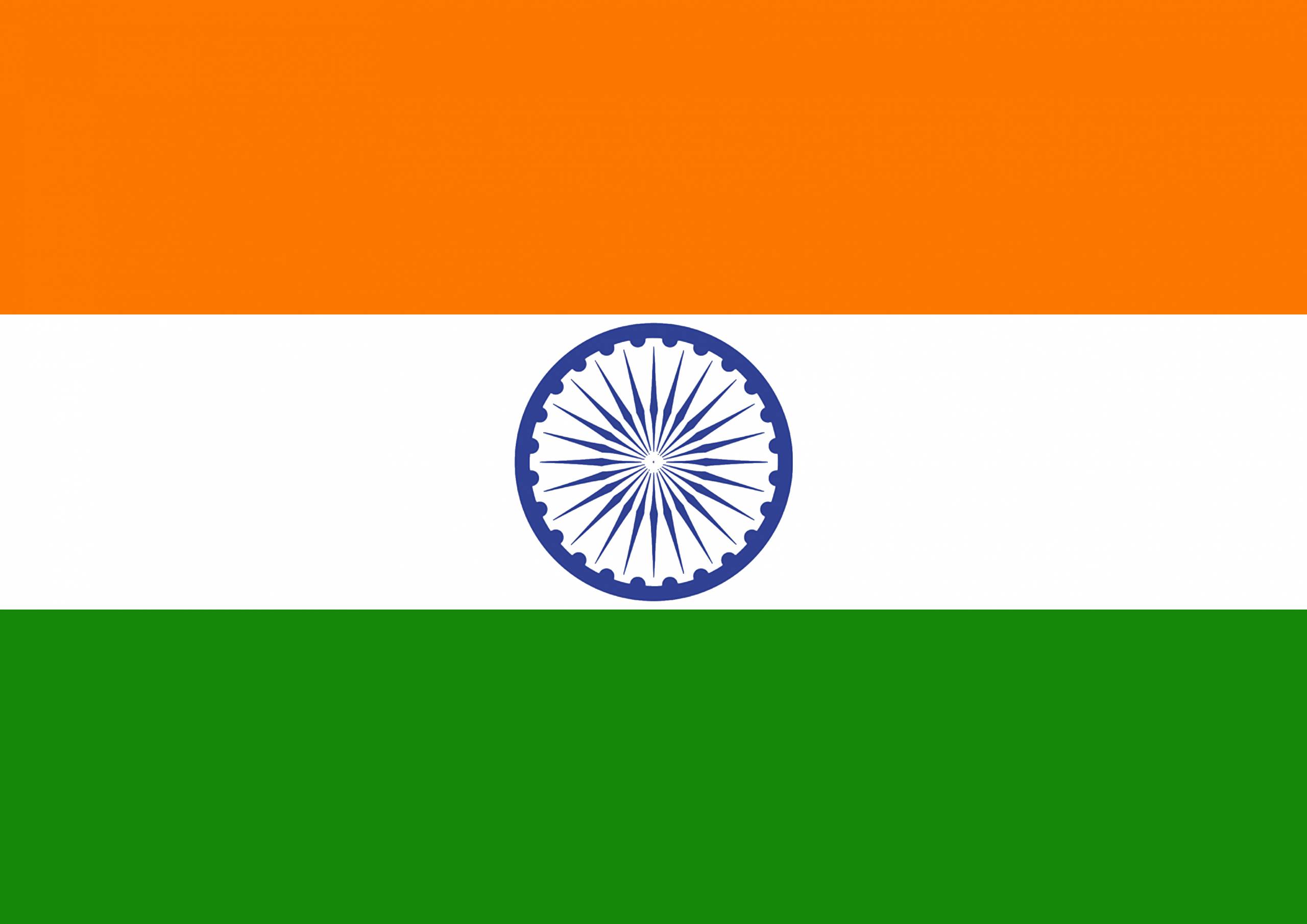350
JUST TRANSITION IN SOUTH ASIA
The Case of Bangladesh, India, Pakistan,
Sri Lanka and Nepal
An analysis of policies and principles for a Just and Equitable Transition to Renewable Energy in South Asia.
The energy and climate crises are intertwined, and 350 South Asia recognizes the effects and opportunities that a just and equitable transition to renewable energy presents for people across South Asia. The group encourages locally focused, decentralized, clean, and renewable energy options supporting areas with limited grid access.
The report makes a number of recommendations for civil society organizations to build on and enhance campaign work for renewable energy, climate adaptation, and mitigation in each of the five countries through data-driven advocacy and lobbying.
SUMMARY
The world is moving towards a low-carbon economy, and South Asia is following suit. However, this transition will significantly impact the region, especially those who work in the fossil fuel industry and the communities that depend on it. A just transition means everyone affected by any societal shifts should be supported, and the benefits of the transition should be shared equitably and widely. In South Asia, there are already concerns that the transition needs to be managed in a just way. For example, there have been reports of land grabbing and repressive activities associated with constructing renewable energy projects. That said, ensuring that South Asia's transition to a low-carbon economy is just and equitable is needed now more than ever. Everyone affected by the transition should be supported, and the benefits of the transition should be shared widely. The transition to a low-carbon economy is an important goal, but it is also an opportunity to build a fair and equitable society. Ensuring a just transition only means that there are mechanisms or policies that will guarantee that no one gets left behind.

INDIA
India is rapidly growing its economy and energy needs. The country relies heavily on fossil fuels, but renewable energy is also advancing. In 2019, coal supplied over 55% of India’s energy needs. The government plans to produce 1 billion tonnes of coal by 2024 but also wants to stop mining coal entirely by 2070.
Over the past few years, renewable energy installation in India has grown significantly. The government has pledged that 50% of its electricity will come from renewable sources by 2030, and it is now aiming to develop 500 GW of non-fossil electricity capacity. India’s policy incentives for renewable energy need to expand to achieve these ambitious goals. The government must also address the challenge of investing in both fossil fuels and renewable energy sources and increase funding and support for renewable energy projects.

BANGLADESH
Bangladesh is facing a severe energy crisis due to declining domestic gas reserves. The government’s proposed Power System Master Plan (PSMP 2016) relies on imported coal, LNG, and nuclear energy. However, independent energy experts and environmental activists are critical of this plan. They say big international businesses heavily influence it and doesn’t consider Bangladesh’s geography, population density, resources, and environmental risks. As a result, Bangladesh still heavily depends on fossil fuels, putting its energy security at risk.
The government must prioritize renewable energy sources and decrease dependence on imported fuel.

SRI LANKA
Sri Lanka faces a serious energy crisis because it relies too much on imported fuel. Their foreign reserves are at their lowest, making it hard to import enough fuel. As a result, there are power cuts and disruptions in transportation and other areas. The government aims to generate 70% of electricity from renewable sources by 2030, but progress has been slow. Fuel shortages have become common, leading to power cuts and more troubles. To reduce the dependency on fossil fuels, the government has a plan called the National Energy Policy and Strategies, adopted in 2019. This plan includes using more renewable energy, improving energy efficiency, and diversifying energy sources.

NEPAL
Hydropower dams in Nepal pose a threat to rivers and their ecosystems. These large structures block water and sediment flow, harming wildlife and natural river benefits. The climate crisis exacerbates these issues. In the past, Nepal relied on dams for energy, but modern research shows that wind and solar power can provide the same amount of energy without the drawbacks of hydropower. Large hydro projects have negative impacts on society and ecology. They disrupt river flow, block species’ migrations, and harm freshwater biodiversity. Wind and solar power offer sustainable and less disruptive alternatives to meet Nepal’s energy needs without harming the environment and communities.

PAKISTAN
Pakistan’s energy sector faces several challenges, including reliance on imported fossil fuels, slow progress in renewable energy, and risky dependence on liquefied natural gas (LNG) imports. Pakistan relies heavily on imported fossil fuels, with around 85% of its crude oil and petroleum products coming from international markets.
Pakistan has yet to make progress in the renewable energy landscape. Although the country has the potential to generate over 120 GW from renewable sources, only 4% of its current capacity comes from renewables. The government aims to reach 30% renewable energy capacity by 2030, but achieving this goal will demand substantial investment and policy adjustments.
Spread the word
Please help us spread the word about this crucial report by using the social media example messages provided below:
Facebook + Instagram
For countries in South Asia, it is important to prioritize sustainable development, including access to renewable energy services. To do this, renewable energy must be promoted in South Asia, and the new study paper offers helpful insights into potential intervention areas for local partners.
Read this report to learn more about the state of renewable energy in Nepal, Pakistan, Bangladesh, Sri Lanka, and India and what has to be done next: https://brnw.ch/justtransitionreport
A new report analyses the use of renewable energy in #Bangladesh, #India, #Pakistan, #Nepal, and #SriLanka. It explains why governments in these countries must support fair and ethical renewable energy initiatives that benefit people and the region. Download the report: https://brnw.ch/justtransitionreport
Transition South Asia to Renewable Energy
South Asia is growing rapidly, straining the region’s energy resources. The region heavily relies on climate-wrecking fossil fuels, thus threatening the region’s development, as the impacts of climate change cause droughts, floods, and other natural disasters that can damage infrastructure and disrupt economic activity.
South Asia needs to transition to a more sustainable and climate-friendly energy mix. This means investing in renewable energy sources such as solar and wind power. It also means improving energy efficiency and reducing energy waste.
We call on South Asian leaders to take urgent action on climate change. They must drop support to any dirty energy project, invest in renewable energy, improve energy efficiency, and develop mechanisms to reduce energy waste. This is the only way to protect the region and ensure a sustainable future for all.
